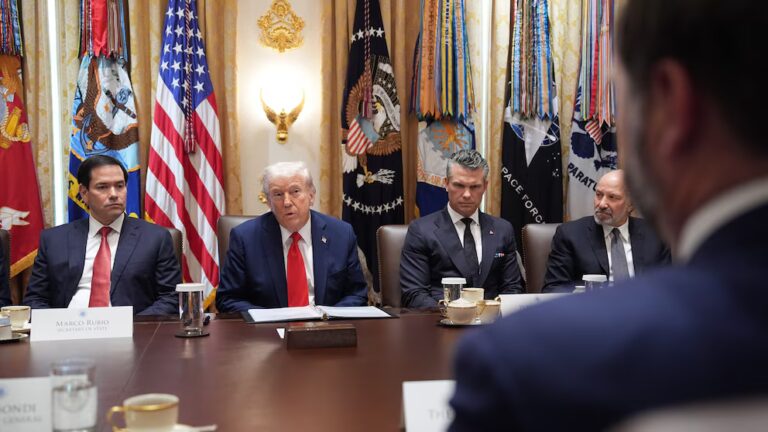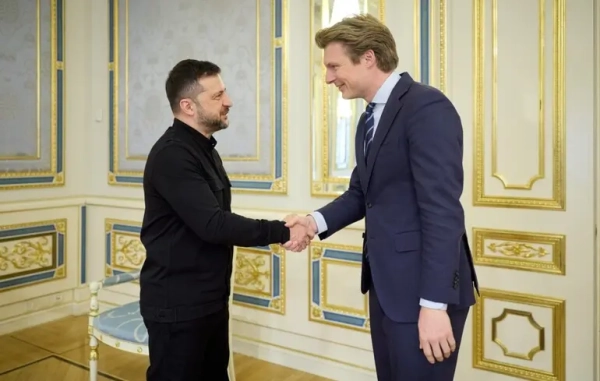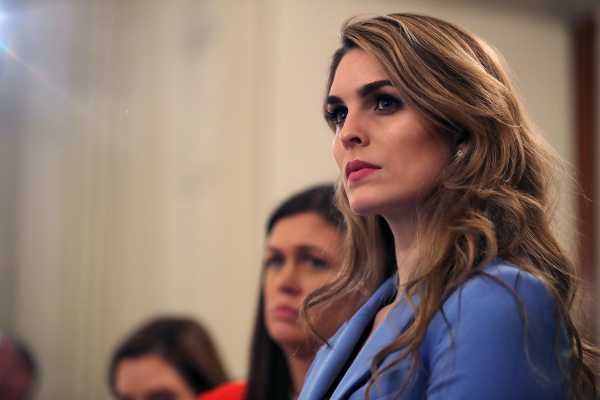
Major media wants to make sure you know that departing White House communications director Hope Hicks was a model.
When news broke Wednesday that the influential aide who’s been a fixture in Trumpworld since 2015 plans to step down, the New York Times, Washington Post, and Chicago Tribune scrambled to cover the story and include the important detail about Hicks’s modeling expertise. So did TV outlets like NBC, MSNBC, Fox, BBC, and CNBC.
“Hicks was an improbable campaign press secretary and senior White House official,” the Associated Press wrote Wednesday. “A former Ralph Lauren fashion model and public relations pro who worked for Trump’s daughter Ivanka, Hicks had no political background when Trump asked her to serve on his campaign.”
None of this coverage mentioned the salient fact that Hicks’s modeling career spanned ages 10 to 16. She landed the Ralph Lauren deal at age 11. By 16 she had quit her part-time modeling job to focus on her true passion, lacrosse. She went on to be the captain of her college club team at Southern Methodist University, where, her college coach told NPR, she never mentioned modeling.
But in media coverage, her modeling “career” serves as an important backdrop to her current role, a signal of her inexperience at best. This isn’t the standard in journalism or the standard the same press corps has applied to this White House. In the long line of men who’ve also left the West Wing, no outlet has highlighted their part-time jobs or activities in high school. That wouldn’t be relevant. And it’s not for Hicks either.
This isn’t the only example of gendered media coverage of Hicks. Routinely, major media outlets have questioned Hicks’s experience, doubted her contributions to the campaign and inside the White House, and implied her looks are relevant … to anything. It adds up to another insidious narrative about a woman in power that is familiar to successful women everywhere.
Hope Hicks is pretty
The media can’t just come out and say what they want to say, which is that Hicks fits the bill for what media generally agrees is pretty. She is thin. She is white. Her hair is long. Her eyes are bright. Even the most tone-deaf reporter knows saying any of that is a no-no. It’s an obvious sexist trap that undermines the subject. The tip-off is that only in rare cases do male politicians get a physical description, generally when it is specifically relevant to the story.
But media gets a nice workaround with Hicks. She was a model, a great code word for what they want to say without saying it. Her résumé gives them cover. The added ridiculousness, in this case, is the fact that her most high-profile modeling work was on the cover of a Gossip Girl spinoff young adult book, It Girl … when she was 16.
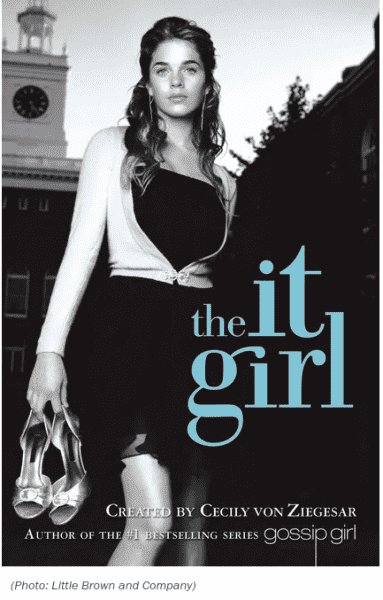

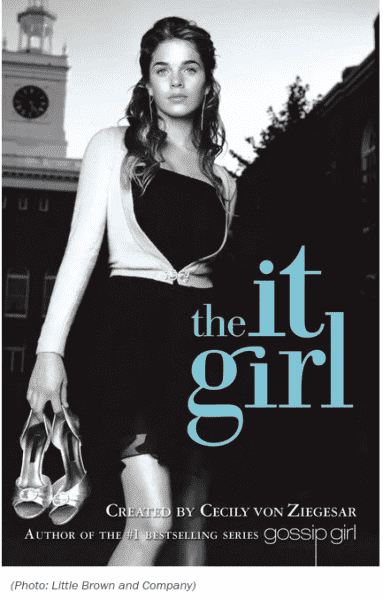
There was also this breakout modeling shot on the cover of the children’s book series The Hourglass. She appeared on several as a girl.
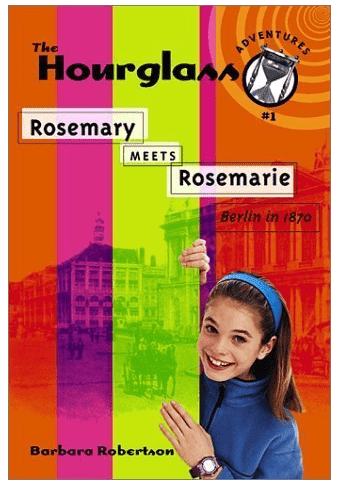

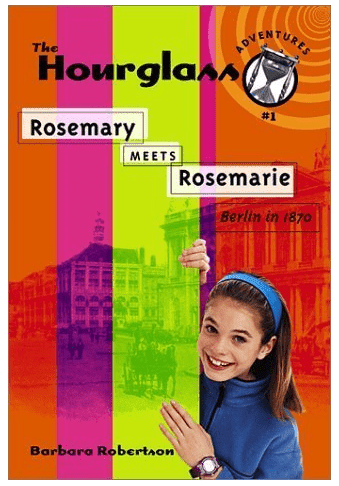
(To be fair, Hicks did once appear on Ivanka Trump’s promotional website, wearing an Ivanka-brand shift. She ran PR for the brand at the time.)
Serious outlets even slide into Hicks’s looks sometimes, usually point to someone else’s coverage, like a lifestyle magazine, and not saying it themselves.
The old saying holds up all across media: Women are seen more than heard. And it’s tough even for newspapers to let it go.
Hope Hicks has no experience
Three years into Hicks’s round-the-clock job as an adviser, confidante, and steady hand inside the Trump campaign and White House, most media still makes sure to note that before all that, she was inexperienced in politics. Even on the day she announced she was leaving, after the longest run of any aide not named Trump, the Washington Post described her as “a political neophyte.”
When does Hicks get to be called a savvy operator who made a brash move to join a campaign that professionals wrote off? After she helped Trump win a vicious Republican primary? After an upset presidential election? After running press through an unprecedented year in the White House?
At what point does she get to become, like so many young men in politics and media before her, “a wunderkind”? Barack Obama’s bright young staffers were described this way. His 27-year-old speechwriter Jon Favreau was given the “wunderkind” moniker.
For top men in the White House, the new-guy description fell off long ago or never even existed. Donald Trump, despite no political experience before jumping into the race around the same time as Hicks, is no neophyte. Chief of Staff John Kelly is a domestic policy novice with little apparent interest in the subject, but you wouldn’t know it from his descriptors.
Language matters. It signals whom we consider a leader and whom we do not; who is a rising star in her field and who is there to only support or assist. So often, the language we use to describe women undercuts accomplishments. Female doctors are more likely to be slighted, losing their title “doctor” and instead introduced by their first name at professional events more often than their male peers.
To make up for diminished credentials, women end up needing more of them to get ahead. Look at what it takes for a woman to get on a technology company board versus a man.
Hope Hicks is nice
Hicks also seems to deal with the old Catch-22 for successful women: If you’re successful, no one likes you. If you’re nice, you aren’t a leader. Men, of course, are treated just the opposite. We like successful men the more successful they become.
Hicks, like so many other women, seems to try to strike a balance between the two. Unfortunately for her, coverage tilts toward her “feminine” personality.
Hope Hicks is “unfailingly polite.” She is “deferential.” She is “gracious.” All of this, the media finds, as Brian Stelter at CNN recently put it, “alluring.”
Certainly she’s also been described many times as a longtime aide, as a rare Trump confidante who has some power to persuade him. It’s not that every line in every story is a sexist diatribe. If it were, ironically, that might be better. It would be easy to spot and call out. What we see with Hicks is the phenomenon that’s been tracked by behavioral researchers repeatedly, how implicit bias holds women back.
One form of this trap falls under the “descriptive stereotype,” which Fast Company explains includes describing women in a professional setting as “caring, warm, deferential, emotional, sensitive, and so on — traits consistently used to describe women for decades. Left alone those traits aren’t bad, of course, but when a woman performs a job traditionally held by men they can become incredibly harmful.”
The results are, as one researcher put it, “lethal” for women trying to advance in their careers.
Hope Hicks deserves scrutiny
Hicks should not be immune to criticism or scrutiny. She played an important role in the most powerful office on the planet. She was at Trump’s side through a time now under investigation by special counsel Robert Mueller for possible collusion between the campaign and Russia.
She appears to have had a hand in initially defending Rob Porter, a White House aide credibly accused of abusing two of his ex-wives. Hicks was romantically involved with Porter at the time.
Hicks testified Tuesday for eight hours before the House Intelligence Committee, answering, and mostly avoiding answering, questions about Russian meddling in the 2016 election. She admitted she told “some white lies” on the campaign trail, an understatement in the extreme.
There are also some serious questions as to what she knew about the Trump Tower meeting Mueller has zeroed in on. Top Trump campaign officials admit they met privately with Russians who said they had dirt on Hillary Clinton.
These are all legitimate questions. But to really consider them, we have to take Hicks seriously. That means forgetting about her tweenage modeling career.
Correction: This originally attributed an article to the Chicago Tribune that was written by the Associated Press. The article was published by the Chicago Tribune.
Sourse: vox.com

